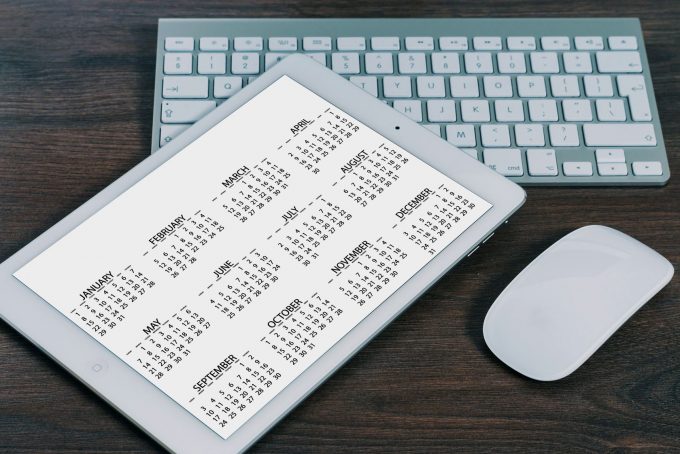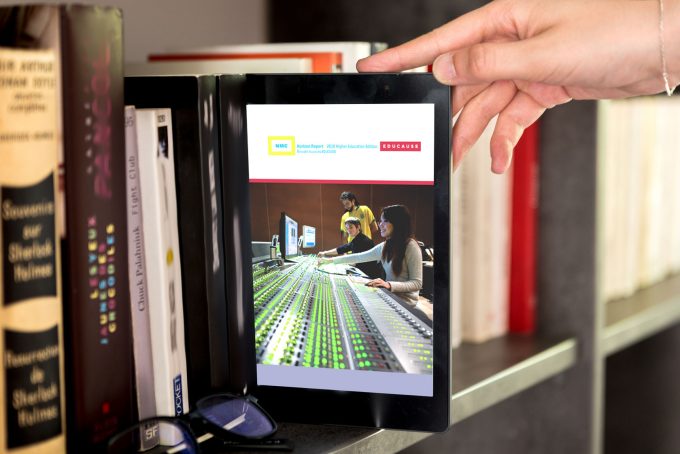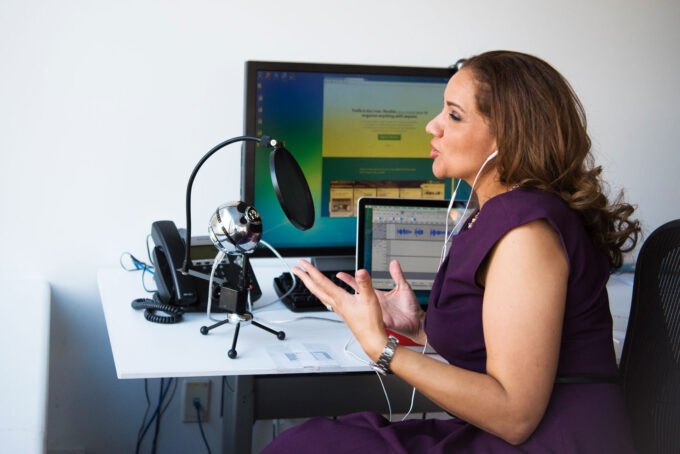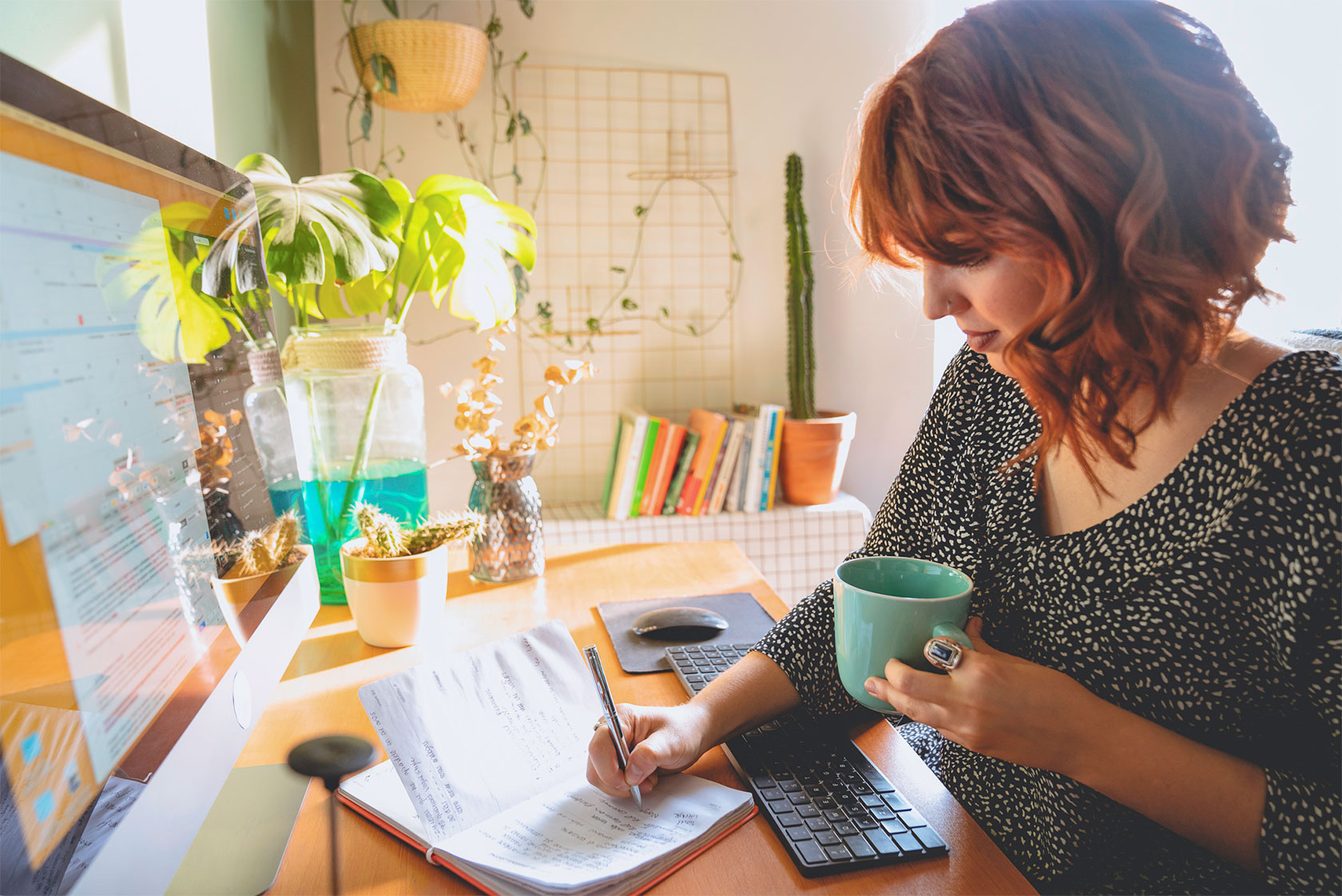
The Ideal Place for Students to Learn: Results of a ZBW Photo Study
Students were hit hard by the pandemic: Normally found in lecture halls, seminar rooms and libraries, they had to continue their studies from home overnight because of the coronavirus. But "at home" in this phase of life usually means a room in a shared flat or a hall of residence. Professional workplaces: scarce. Four ZBW staff members approached this situation with a photo study and gained some surprising insights for the library of the future.
by Alena Behrens and Nicole Clasen

In this article, Alena Behrens and Nicole Clasen from the User Services team at the ZBW – Leibniz Information Centre for Economics report on the background, method, questions and results of their photo study among students. The key feature: the participants were only allowed to answer the five questions with photos. Text answers or comments were not possible. 19 students took part and sent 108 photos: of how they work, take their breaks and what their after-work rituals are. Alena Behrens and Nicole Clasen present the most interesting findings, draw conclusions about how new learning spaces in libraries need to be designed, and reveal what role candles play in this:
Pandemic challenges
User experience research (UX research) is characterised by spending a lot of time with your users, including their emotional level and questioning behaviours to learn as much as possible about the users. But how can you build this connection when libraries are closed for weeks and people are called to physically distance themselves from each other? The ZBW’s User Services team has dared to attempt a UX survey during the pandemic.
Approach and setting
Due to the pandemic-related requirements at the time of implementation in autumn 2021, it quickly became clear that the project should be carried out online as far as possible. The opening hours of the libraries were very limited. Only a few users worked in the library on site, and most of the staff worked from their home offices.
The question for us, however, was obvious: How do students learn at home during the pandemic? What stresses or disturbs them about this work situation? How do students deal with these changed learning conditions without a lecture hall or library? And what can we learn from this to adapt and improve the future design of the learning spaces?
A suitable UX method quickly emerged for these questions: the Photo Studies (term after Andy Priestner).
Photo Studies from home
In the Photo Studies method, the participants answer the questions posed with photos they have taken themselves. This was suitable for our question for two reasons: First, it gives us a very good insight into how the students set themselves up to study at home. Second, we were able to comply with all hygiene measures by establishing contact via email and sending the photos to us digitally. In addition, the students were quite flexible in terms of when they answered the questions. They could take the photos at their leisure and decide what should be in the photos.
The following five questions were to be answered with photos:
- Where is the favourite place to study/work and what is the most important object?
- What did the workplace look like (during an online lecture)?
- How is the break organised?
- What was the most annoying/challenging thing in the last few months?
- What does the after-work ritual look like?
Photos and findings
A total of 19 students participated in the study with 108 photos. So not everyone sent the exact number of five photos. The User Services team analysed the photos anonymously. By sending them, the students agreed to this and also that we could use the photos in presentations, articles, etc. The number of photos gave us a good insight into the working and learning conditions of home studying.
Workplaces and stress points
Important for working are a stable internet connection and good work equipment, such as technical equipment, a desk and chair. These are also the biggest stress points if they do not meet the requirements: An interference-prone internet connection is a hindrance for online lectures, and uncomfortable chairs cause back pain.
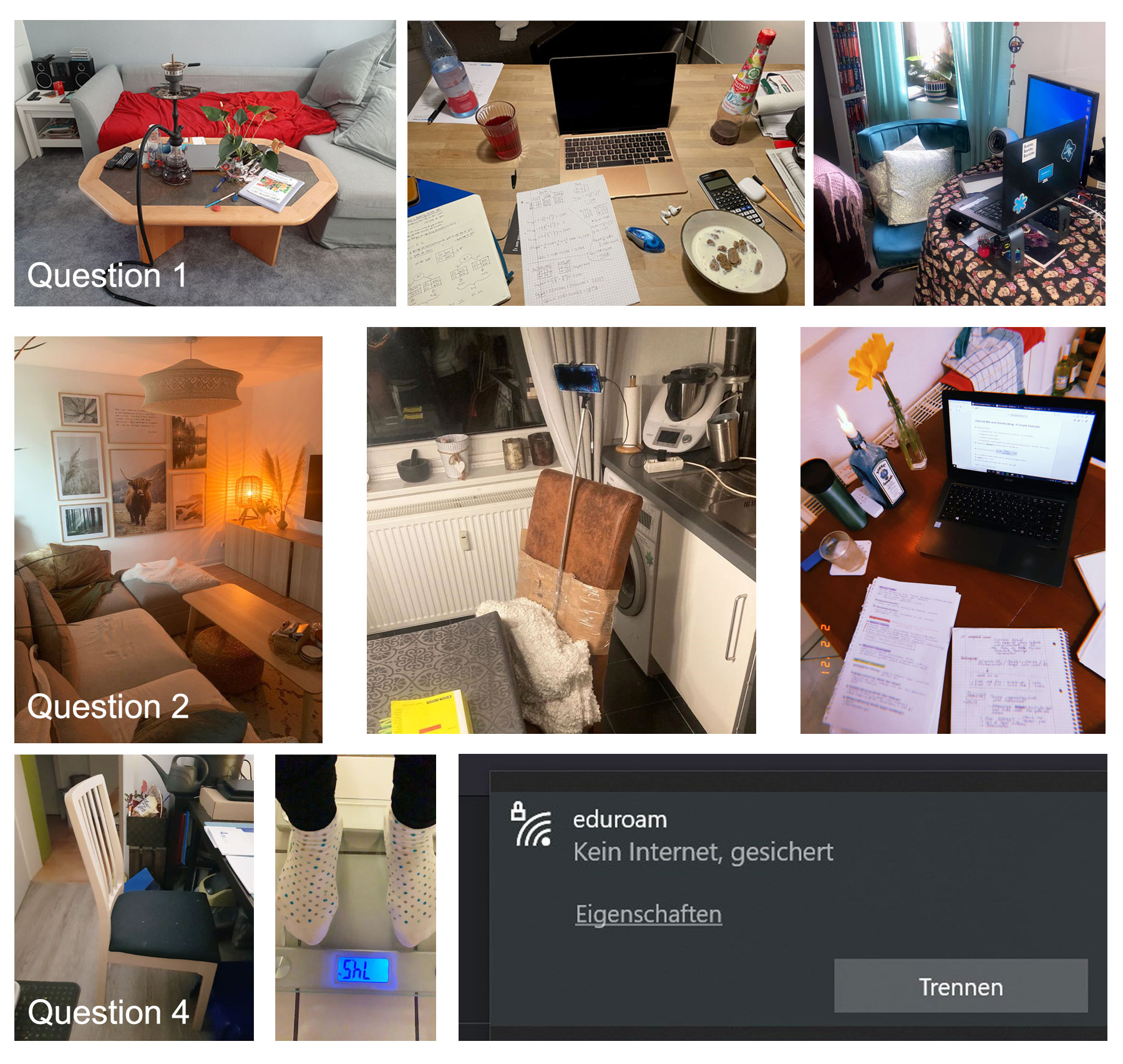
Only half of the participants work at a proper desk, the other half sit at the kitchen table or other converted tables. The space situation in general is often cramped. It is usually not possible to switch between work and leisure time.
Breaks and after-work rituals
The participants like to spend their breaks outside and in motion, e.g. on a walk, also with friends. After work, on the other hand, they spend most of their time at home. This is also in line with the usual pandemic-related requirements at the time of implementation.
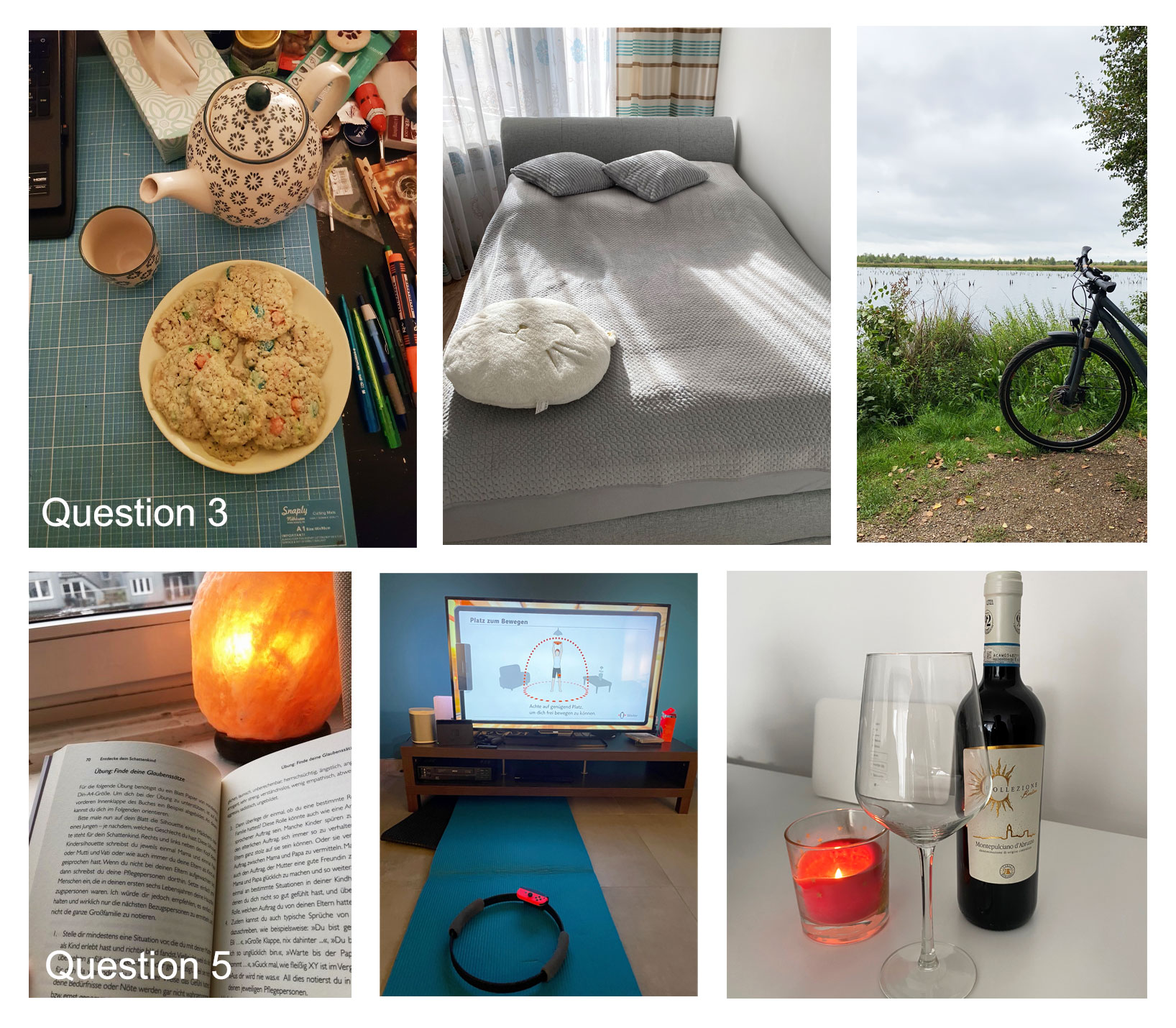
As an after-work ritual, we received many sports pictures, from boxing and running to the yoga mat, many individual sports were included. The cosy sofa for relaxing should not be missing either.
Environment and decoration
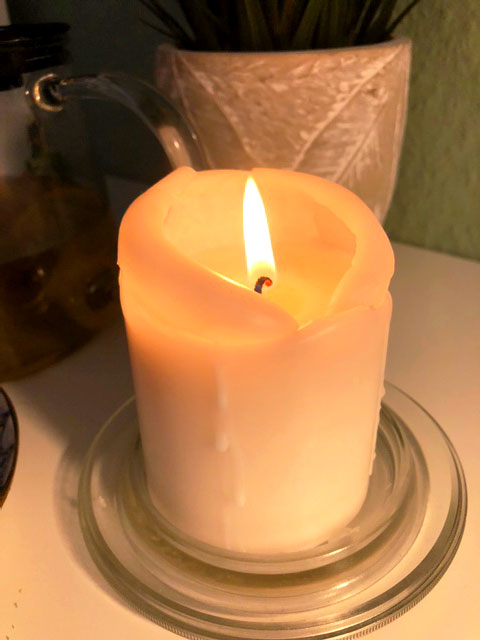 As we already found out in our 2018 survey, the environment and atmosphere of the learning space play a major role. Implementing these needs in their own homes presented challenges for the students, but they were able to solve them. For a pleasant dose of daylight and fresh air, the learning spaces were often close to the window. They decorated the space with plants and candles. Drinks, especially coffee and tea, and snacks were also not to be missed.
As we already found out in our 2018 survey, the environment and atmosphere of the learning space play a major role. Implementing these needs in their own homes presented challenges for the students, but they were able to solve them. For a pleasant dose of daylight and fresh air, the learning spaces were often close to the window. They decorated the space with plants and candles. Drinks, especially coffee and tea, and snacks were also not to be missed.
Conclusion 1: Equip learning spaces well
For us, it was rather surprising that after three semesters of purely digital study, many students still work with rather provisional solutions. Many work at the dining table or have placed a small table in the corner of the room. In most cases, there is only one laptop available, and there are no additional monitors. This is definitely a starting point for libraries to provide well-equipped learning spaces. This starts with large tables and comfortable, ergonomic chairs, and can be extended by technical equipment, e.g. by offering additional monitors to make working easier. Areas where you can work alone and still participate in online seminars were rare in libraries before the pandemic. We will consider this form of work in the future.
Conclusion 2: Create spaces for social interaction
What has often been missing since the beginning of the Corona pandemic, but is all the more essential, is social contact. For libraries, this means on the one hand that places to work together in groups are important. There is often not enough space for this in small shared rooms. Areas for common breaks and social meeting places to exchange ideas and continue working creatively are also desired. Areas where small yoga and relaxation breaks can be taken can also offer added value. After sitting for a long time, many people feel the need to move, as the photos have confirmed.
Conclusion 3: Developing the library together with students
It is very exciting to get an impression of students’ personal workplaces. The very positive feedback from the participants also showed us that they appreciate it when you want to respond to their personal needs. What was surprising for us was that we were given such open and personal insights. Thus, we can draw on an instructive and informative pool of knowledge and inspiration to design user services for the changing needs of learning and studying after the pandemic. With this knowledge, we can further develop the services in a targeted and needs-oriented manner.
Reflection on method and procedure
For the circumstances (Corona pandemic, home office/studying) and the question from this context, the method of photo studies was very well suited. We gained an insight into students’ private learning environments that we could hardly have gained otherwise. In this online implementation, in contrast to previous face-to-face on-site studies, we did not conduct any subsequent interviews. If we were to conduct them again, we would also combine the online studies with a small interview. This would give the participants the opportunity to explain their images. For some, there was a lot of room for interpretation and an explanation would have facilitated the exact interpretation.
However, this kind of implementation does not replace personal contact. Being able to talk to the students on site and to personally guide the UX methods is a great benefit. It enables a fluent dialogue and exchange.
This text has been translated from German.
This might also interest you:
- Podcast with Nicole Clasen: Experiencing a Digital Library (German)
- Studying Students: The Undergraduate Research Project at the University of Rochester (PDF)
- User Experience for Libraries: The Best Tools and Methods for Beginners
- User Experience in Libraries: 4 Best Practice Examples from the ZBW
- You can find more articles from our international series on user experience in libraries under the keyword “User Experience”
- Libraries as a Place After Corona: Hybrid and Participatory?
- The library as a “public living room”: Impressions from library trips to Scandinavia, the Netherlands and Colombia – an interview (German)
- Inspiring libraries: Dokk1 in Aarhus, Denmark, Utrecht University Library
Nicole Clasen has been Head of User Services at ZBW – Leibniz Information Centre for Economics. Her work focused on information transfer, digital user services and the usability experience. She can also be found on LinkedIn and Twitter.
Portrait: ZBW©, photographer Sven Wied
Alena Behrens works as a librarian in the user services department at the ZBW – Leibniz Information Centre for Economics. In addition to working at the service desk, her work focuses on information mediation and user experience. She can also be found on Twitter.
Portrait: Alena Behrens©
View Comments
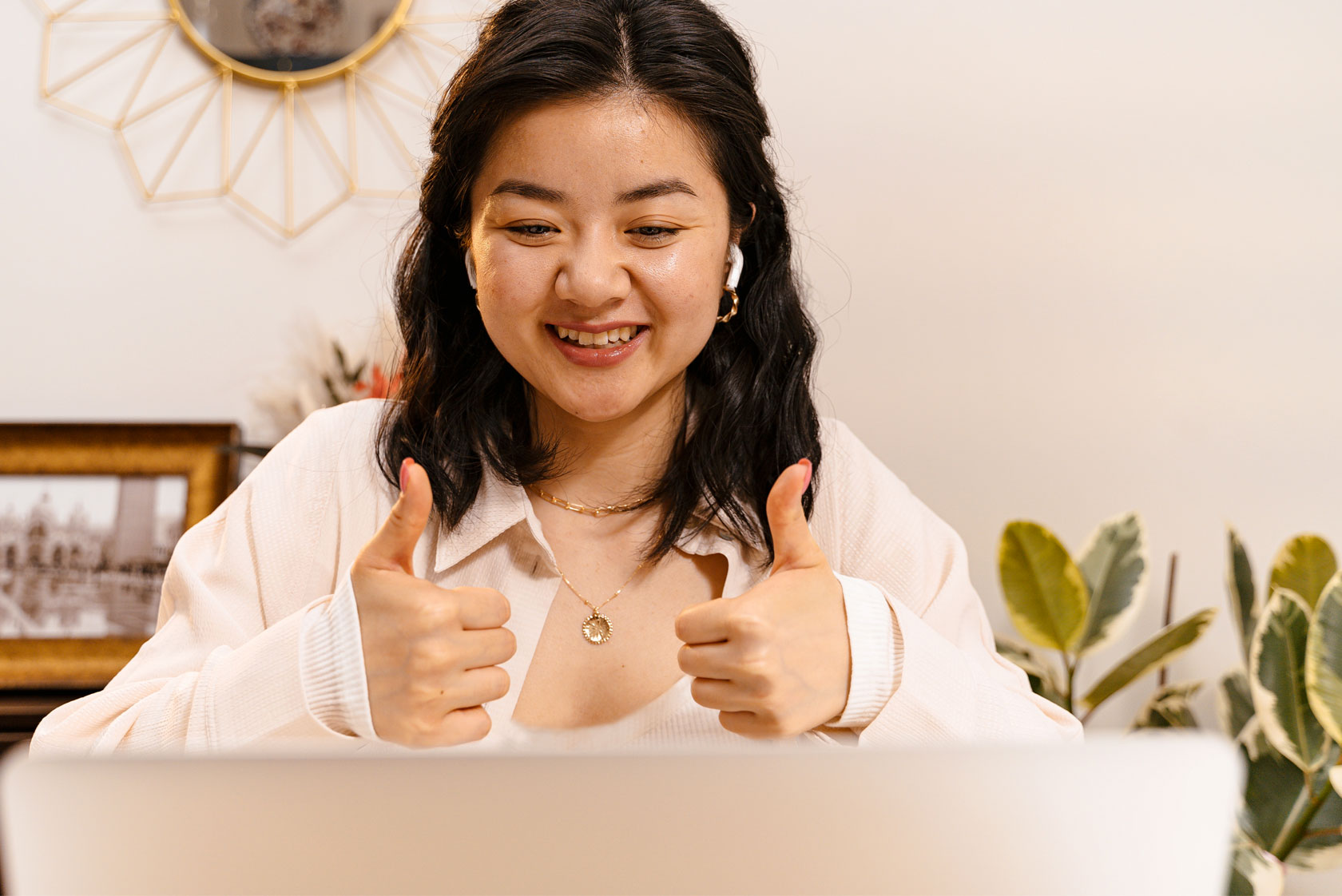
Open Access Barcamp 2022: Where the Community Met
The second Barcamp of the open-access.network project provided participants with...

